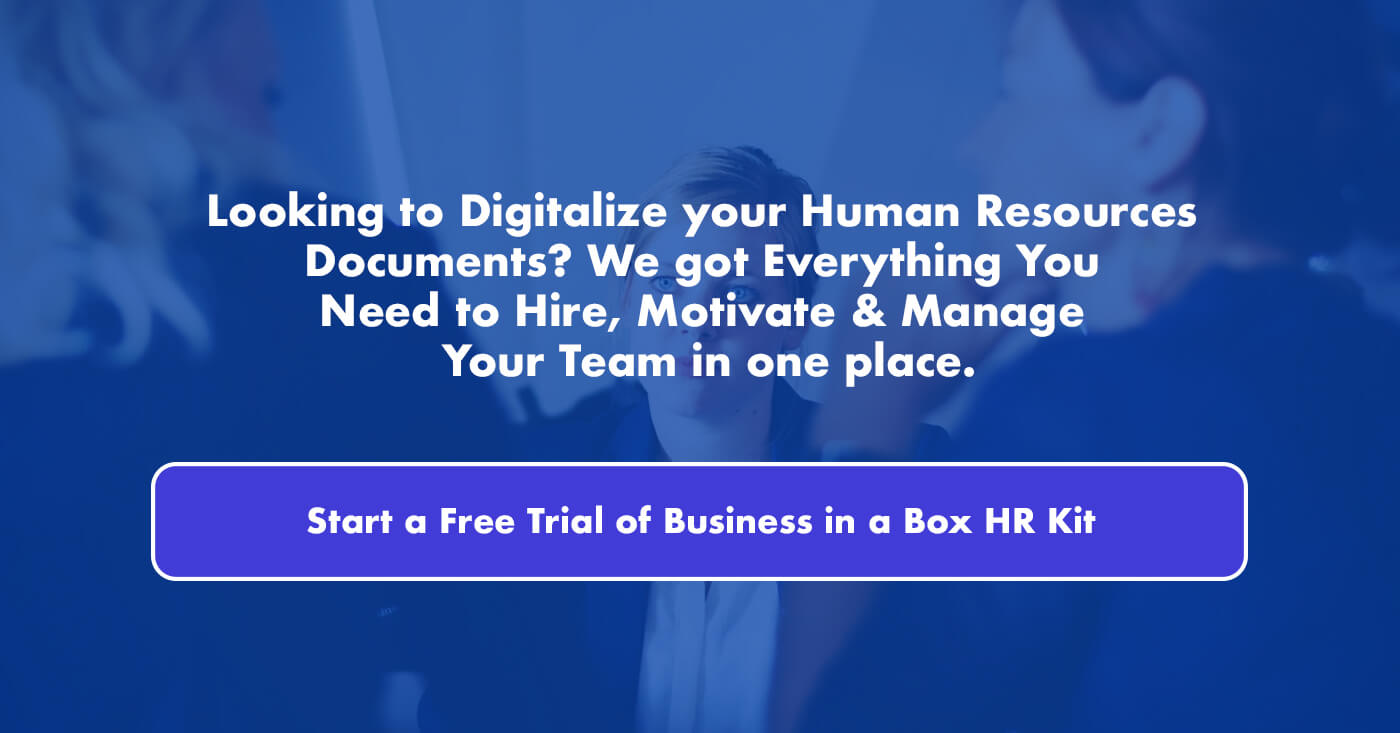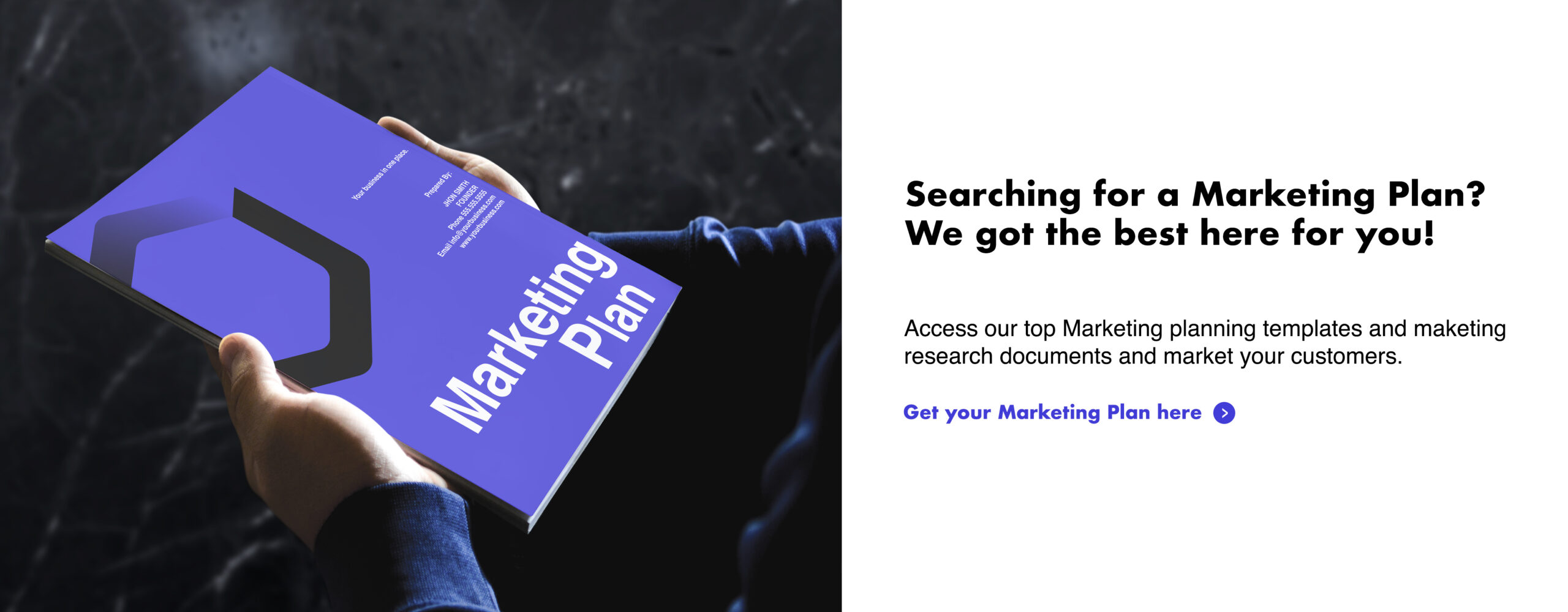
From an employer’s perspective, there’s nothing great about the unprecedented turnover rates that have defined our post-COVID world. Yet, the so-called Great Resignation continues to dominate headlines and stymie business recovery.
While many aspects of this trend are global, it’s stunning to see them play out in the microcosm of the United States workforce, where the average annual turnover rate hovers around 57%. Are these individuals leaving on their own accord, as the term “Great Resignation” suggests? Research indicates that yes, up to 70% of the turnover is voluntary. And it’s costing the nation’s businesses more than $600 billion a year.
In some cases, the departing employees are long-tenured and take organization knowledge out the door with them. But an equally challenging problem is found on the opposite end of the spectrum, as 33% of employees quit within the first 90 days of being hired. In many cases, before they’ve even got their company email address set up, they’ve ventured off to new opportunities. Of these employees departing early, about 50% based their decision on the job not matching expectations.
Here are some of the industries experiencing the highest employee turnover:
- Hotels
- Restaurants and bars
- Retail
- Technology
- Healthcare
- Construction
- Arts and entertainment
If your industry isn’t on this list, don’t kick back and relax. It’s likely that voluntary turnover is a threat to your success. And as a small business, the losses can sting even more.
Hiring (Or Not Hiring) Is the Best Employee Retention Strategy
When you hire the right employee, you’re immediately reducing the odds of needing to refill that role within the next year. Remember that half of those who are fleeing jobs in the first months do so because it doesn’t line up with what they expected. In some cases, they were probably an ill fit for the job. Other times, it was pitched to them inaccurately.
Perpetuating the problem is a sense of desperation from employers. With talented employees leaving, they’re driven to fill the void as quickly as possible. Sometimes they find the right person and give them an accurate picture of how the job will look. Other times, they simply scramble around until someone agrees to take the job.
This kind of “anyone will do” approach never ends well. It causes administrative headaches, damages team morale, and only sets you up for another cycle of the same disaster. This is why you might be better off with no employee than the wrong employee.
Research published in the Harvard Business Review reinforces this course of action:
If it might take a while to find the right “somebody,” consider whether you should hire for a different position to take some of the pressure off your team […] In addition, now is a great time to consider whether the right somebody needs to actually be a somebody. Beyond the use of robots in warehouses, factories, and restaurants, advancements in artificial intelligence have enabled new forms of collaboration between machines and knowledge workers. If you don’t have any applicants who are likely to be reliable and possess a growth mindset, positive attitude, and decent communication skills, hiring nobody is probably preferable to hiring somebody — at least in the short term. In the meantime, consider how you can support your current employees and whether filling a different position may be a better approach.
The point driven home is that a one-track hiring approach (“I’ve got to get a warm body in this seat”) should be a thing of the past. By considering the complete range of possibilities, you’ll save money, improve efficiency, maintain better morale, and set yourself up for better sustainability in the future.
Onboarding Is Essential
Against all odds, you’ve found the diamond in the rough. And you now need to treat this new employee like the rare gem they are.
Perks such as a free mobile phone or discounts on rental cars through your corporate account are nice, but what matters most is an onboarding process that shows them you are organized and value their time. The job you pitched in interviews needs to materialize in these critical first few months.
Yes, you’re busy. But that’s no excuse for failing in this area. As Duke Brighton explains:
Entrepreneurship can be so demanding that you don’t have time to attend to basic things in your company. From closing deals to product development, you need to be everywhere so your business doesn’t die. However, one of the important aspects of business that founders leave out is the onboarding process. Business owners lose 17% of their new employees in the first 90 days due to ineffective onboarding. An effective onboarding process consists of regular check-ins, hands-on support, extensive training, and feedback […] It spans all your talent management processes. These include sourcing, selecting, orienting, and retaining new employees. So as you begin the recruitment process, ensure that it contains the company’s culture.
Your onboarding efforts should convey a sincere interest in your employee succeeding. It’s amazing how patient new employees can be with various annoyances in a new job when they feel that at the heart of it all, their leaders want them to thrive.
The best onboarding processes are tailored to the business and the employee, but most contain the following components:
- Assist with new hire paperwork such as payroll info, tax documents, contracts, and the employee handbook.
- Assist with all job-related devices and equipment. Start this process at least 1-2 weeks prior to the start date, so it’s all available on their first day.
- Coordinate with all relevant teams so the company email, software logins, and building access are all good to go on day one.
- Provide an orientation session. During this new hire orientation, you can introduce the new hire to their teammates, reiterate their role with the company, and most importantly, emphasize their importance within the organization.
- Send out an announcement to your team. Use this opportunity to share a little professional background, highlight a few unique hobbies or interests, and outline their role on the team.
- Schedule a feedback session. Once the employee has been on the job for a couple of weeks, take the time to get their thoughts on your onboarding efforts. Not only will this help improve your process, but it confirms that you value their opinion.
- Schedule future check-ins. The most popular cadence is 30-day, 60-day, and 90-day. In these meetings, seek additional feedback and answer any questions they might have. You can also share any observations of their performance.
To add an extra element of empathy and personalization to this process, connect the new hire with a mentor within your team. This is particularly relevant in our post-COVID world where remote work is more common than at any other time in history. Mentors can train on various functions, make introductions throughout the team, and fill the gaps when employees can’t be in an office setting as much to organically gather the different nuances of your team and business dynamics.
Each Employee Retention Strategy Should Be Tied to Culture
While there are lots of business owners who neglect the onboarding process, there’s an equal proportion who put extensive effort into impressing new hires during the first few months but then pull back afterward. This approach is nearly as disastrous as the first because it suggests that you care more about processes and checklists than the people you’re bringing into your company.
The mentor you’ve provided for your new hire will help to avoid them from feeling adrift after the onboarding period. Consider having this relationship last the first year or even longer.
Additionally, make efforts to connect your new employee with your company culture. If you’re not sure what your employees need in order to feel involved in your company, here’s a novel idea—ask them. You might learn that they’re craving more social events together. Or maybe they want to get more involved in philanthropic efforts.
By seeking their input, you’ll once again demonstrate your appreciation for their unique voices. And you’ll be better able to deliver cultural elements that give them purpose. Mary Kate Miller explains the far-ranging importance of this:
An organizational culture that galvanizes your team will improve employee engagement, which in turn directly benefits the business’s bottom line. A 5% increase in total employee engagement can result in a .7% increase in a company’s operating margin, and companies with stronger employee engagement have experienced a 22% higher profitability than those with low engagement rates. A study from the Harvard Business Review found that inspired employees significantly outperformed their colleagues. Your company culture can lay the groundwork for inspiring employees, increasing their commitment to the team and the caliber of work that they deliver. A company culture that centers on the employee experience can greatly reduce your turnover. A 2020 report from LinkedIn revealed that companies rated highly in “purposeful mission” saw 49% lower attrition rates. Businesses with highly-rated “employee training” offerings saw 53% lower turnover.
Your efforts to build employee-centric culture will actually serve as direct remedies to many of the most common reasons that employees leave their places of employment. Let’s review these reasons, as well as the positive role culture plays.
Failed Job Expectations
If you’re consistently seeking feedback on your employees’ experiences, you’ll be more in tune with what isn’t matching up with what was promised. Armed with these personal insights, you’ll be able to make crucial tweaks to help the reality more align with the expectations.
Work-Life Balance
When employees are engaged in your culture, their performance skyrockets. They’ll be able to accomplish more in shorter periods of time, allowing for better schedules and more flexibility when conflicts arise.
Interpersonal Relationships
It’s not unusual for employees to either feel disconnected from their team or at odds with certain members. You’ll never be able to prevent this phenomenon entirely, but it will be reduced if you’re fostering a positive work environment through activities and purpose-building initiatives.
Limited Opportunities
By talking to your employees and taking note of what they’re looking for in their careers, you’re better able to help them grow. Promotions and raises aren’t always on the table, but maybe they’re looking for additional career training or the opportunity to flex in with additional tasks while in their current role.
Inadequate Pay
Again, a boost in pay isn’t always possible. But fulfillment goes a long way in easing financial complaints. Research shows that 90% of workers would willingly accept lower pay in order to work somewhere that fills them with purpose. If your culture checks those boxes, you won’t find yourself battling over salaries as often.
RELATED: How To Develop Powerful Business Core Values and Mission Statements
How to Improve Employee Retention
Mid-sized businesses are able to hire experts to help develop and sustain their company culture. If you’re a startup and that’s not in the cards, no worries. Just carve out time to make sure that culture receives the attention it deserves. Delegate responsibilities so that everyone shares a stake in the culture, which leads to better results and higher retention.
It hurts to lose employees. Aside from the feeling of disappointment that arises when someone leaves after only a handful of weeks on the job, turnover can hurt in multiple other ways. For example, you’ll lose out on the recruiting and training money you’ve already invested. You’ll have to reset all the time and resources needed to recruit another candidate. Team morale can suffer, especially when top performers walk out. And, finally, your ability to meet customers’ needs can take a hit in the absence of experienced individuals.
Let’s look at 7 employee retention strategies that businesses can use to reduce turnover. Hopefully, you can use these as catalysts to come up with your next great retention initiative.
- Open communication: Give your people the opportunity to speak, then stop everything else you’re doing and listen. Open lines of communication provide insights that can make your culture more uplifting and your business more successful. You’ll also be able to learn about issues when they’re fixable, rather than when they’ve festered to the point of a person leaving.
- Flexibility: Modern employees don’t just want flexibility, they often demand it. Seek diligently to find ways to give your people the freedom that doesn’t negatively impact your operations. Because when your people are unencumbered by their schedules, they’re more engaged. And when they’re more engaged, everybody wins.
- Wellness: More than just a buzzword, wellness gets to the heart of your people’s happiness. Ask what they need and find creative ways to provide it. Perhaps you offer retirement planning. Or your people might want free access to mental health resources. Whatever it is, make it a priority.
- Perks: The best companies find ways to surprise and delight their people. This doesn’t mean that you give them extravagant gifts on a daily basis. Rather, you find unexpected ways to make their life a little brighter. For example, you could bring a popular food truck to the office and buy everyone lunch. Or you might give everyone a gift card for a free massage after a particularly grueling week of projects.
- Provide consistent feedback: Annual performance reviews belong in the dustbin of history. You need to meet on a regular basis and provide feedback that not only instructs but also gives insights into the person’s career opportunities. These feedback sessions don’t need to be long and formal—cater to the employee. Just make sure they’re happening often enough that it’s obvious that you’re thinking about the employee’s performance and future.
- Offer development resources: Investing in training and other resources will always bring a great ROI. Your people will be appreciative that you’re making them a priority, leading them to perform better in their current roles. And as they broaden their skills, they’ll be able to contribute in a host of new ways. Again, everybody wins.
- Celebrate milestones: A career is a journey, so it should be acknowledged accordingly. When your people hit a tenure milestone, attain a new certification, or nail an important pitch, take the time to recognize it. The best way to ensure future milestones is to never let the latest one pass unnoticed.
If you’d like more strategies for strengthening your business, check out our collection of free business courses. Each lesson is taught by entrepreneurs who have built their business from the ground up and know how to create cultures of success.
SOURCE: foundr.com

























